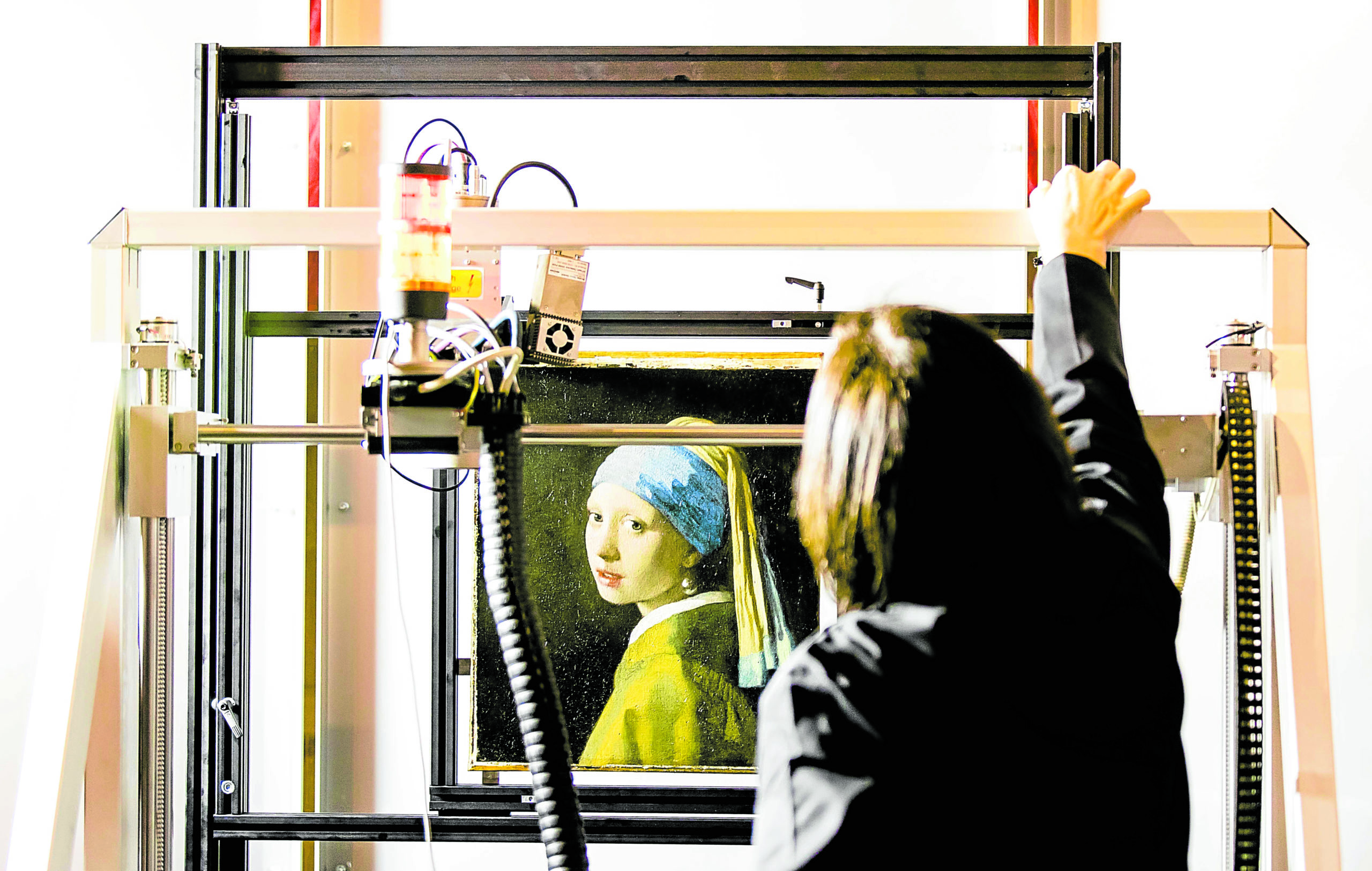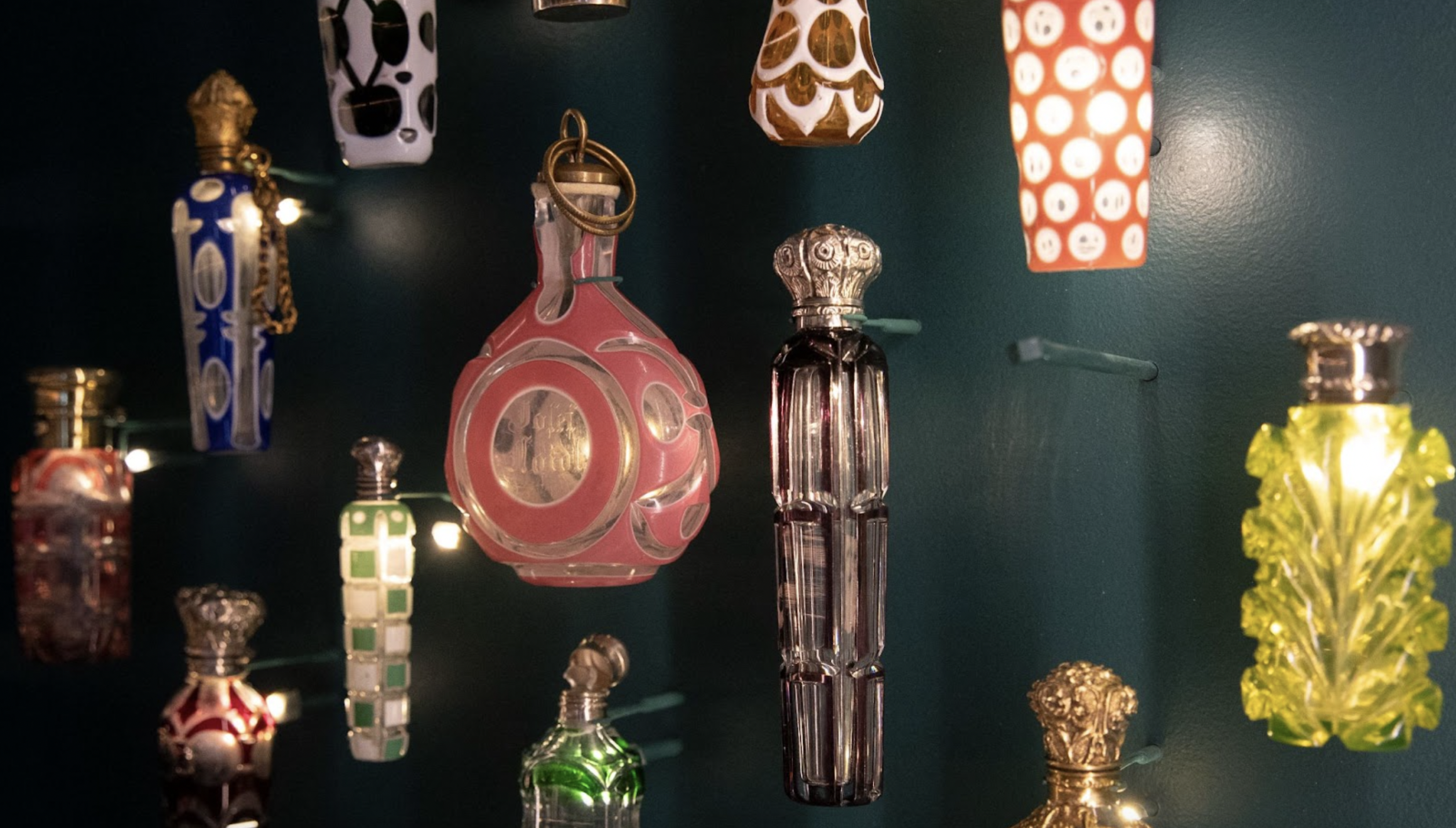
THE HAGUE—Scientific investigation of Vermeer’s world-famous painting “Girl with a Pearl Earring” has revealed elements that make her more “personal,” even if her identity remains a mystery.
The Mauritshuis art museum, where the painting is housed, announced on Tuesday that an examination—the first of its kind—had revealed the presence of tiny eyelashes around the girl’s eyes, invisible to the naked eye.
Research also established the existence of a green curtain in the seemingly empty background of the painting dating from 1665, a sort of “folded fabric” that has faded to black over the centuries.
Art lovers and researchers around the world have long been fascinated by the Dutch master’s painting of the young woman with an enigmatic look, wearing a blue and yellow turban, a heavy pearl hanging from her ear.
It has inspired further artworks, notably Tracy Chevalier’s 1999 novel “The Girl with the Pearl Earring” which gave rise to an Oscar-nominated film starring Scarlett Johansson and Colin Firth.
“The results of The Girl in the Spotlight research project . . . offers a glimpse of a much more ‘personal’ painting than previously thought,” The Hague’s Mauritshuis said.
The museum said the examination used noninvasive imaging and scanning techniques, digital microscopy and paint sample analysis.
Conducted by an international team of scientists from February 2018, the review shed new light on the use of pigments and how Vermeer developed his work using different layers.
The grand master, for example, modified the composition of the painting, shifting the position of the ear, the top of the scarf and the nape of the neck.
He also used raw materials from around the world, including the semiprecious lapis lazuli stone from Afghanistan to make ultramarine which was “more precious than gold” in the 17th century.
The pearl itself is an “illusion,” says the Mauritshuis, made up of “translucent and opaque touches of white paint,” while the hook is missing.
The examination did not, however, identify the girl, or establish whether she really existed or if she is the product of Vermeer’s imagination.
“The girl hasn’t revealed the secret of her identity yet but we got to know her a little better,” said museum director Martine Gosselink.
“This is not the end point of our research.”
Chevalier tweeted that the new research was “interesting,” adding that “all details are important.”
Her fictional tale chronicling a young maid who is taken into the Vermeer household and becomes his muse and model for the painting has sold over five million copies worldwide.
The author joked that she did not want the museum to discover the girl’s true identity.
“If that happens, my book is toast!” she tweeted. —AFP












































